A lush, green lawn is a hallmark of well-kept homes and outdoor spaces, but achieving this can often seem daunting. Understanding lawn care essentials is crucial, and one of the foundational components is fertilizer. This blog aims to demystify the world of fertilizers, specifically focusing on the 5-20-20 formula. The numbers refer to the ratio of nitrogen, phosphorus, and potassium, respectively—three essential nutrients that play vital roles in promoting the health and vigor of your lawn. This article will explore how this particular blend supports root development, enhances disease resistance, and encourages robust growth, providing you with the knowledge needed to maintain a thriving and beautiful lawn.
What is 5-20-20 Fertilizer?
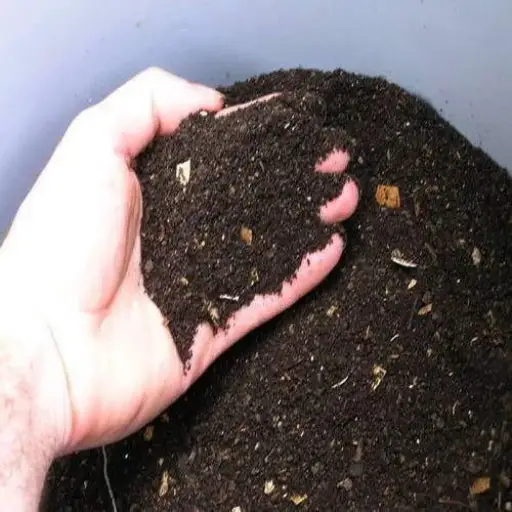
Nutrients present in 5 20 20 fertilizer
The 5-20-20 fertilizer concentrateus mainly on three nutrients – nitrogen, phosphorus and potassium. Nitrogen is five per cent which is very important in promoting good green growth and the general vitality of the lawn. Phosphorus includes 20 % and is of utmost importance for the deep rooting of thick and healthy lawns. The same is true for seedlings as well. It also promotes the leaning towards sturdiness early. Potassium (20%) works for recuperating the lawn from diseases as well as increases environmental stresses’ tolerance, more specifically droughts or temperature changes. With its well-balanced formulation of nutrients, it is easy to name 5-20-20 fertilizer the perfect option for maintaining a nice green lawn.
5-20-20 vs. 20-20-20 fertilizer
The difference between the two types of fertilizer comes down mainly to the ratio of nutrients they contain. Thus, if 5-20-20 fertilizer is low on nitrogen but high on phosphorus and potassium, the 20-20-20 fertilizer provides equal ratio phosphorus, nitrogen and potassium. Because 20:20:20 is a balanced fertilizer, it can be used by all plants and all gardening conditions, encouraging all growth, flowering and fruiting processes. However, 5-20-20 is more specially designed to improve the development of root systems and stress tolerance, making it especially effective as a nurturing treatment for lawns or other plants low on phosphorus-potassium to encourage growth and strength. Therefore, the selection of these fertilizers is determined only by the individual characteristics of the yard or garden.
NPK ratio of 5-20-20 fertilizer
The NPK ratio of 5-20-20 fertilizer indicates the percentages by weight of nitrogen phosphorus and potassium present in the mixture. In particular, there is nitrogen at 5%, which is good for leaf and stem growth; phosphorus at 20% which is very useful for seedling and root development; and potassium at 20%, which increases disease resistance and adverse environmental conditions of the plants rather. As compared to other fertilizers, this contains higher phosphorus and potassium content which and therefore is quite useful when a strong root system and stress resistance has to be encouraged. Such a formulation is best suited where a new lawn is sown or for plants that require enhancement in the performance of roots and stress handling.
How to Use 5-20-20 Fertilizer for Lawn Care
What is the recommended application in lbs of the product?
When it comes to the application of 5-20-20 fertilizer particularly in Lawn Care, there is always a recommended application rate, which is basically not standard and may differ on a lawn by lawn basis or following the manufacturer’s recommendations. It is usually recommended that not more than 2 pounds of fertilizer should be applied per 100 square feet of a lawn area to avoid over-fertilization and stipulates that a careful even application needs to be done. There will be as well less need to water the lawn after application as the nutrients will effectively reach the soil on their own. This can however be modified according to soil test results and the condition of the lawn in order to maximize growth and health.
Which is the best time to apply 5 20 20 fertilizer?
When applying the 5-20-20 fertilizer to the lawn, it is advisable to do this in the fall since this assists in creating a strong root system ready for the dormancy over winter. Another time when it is appropriate to apply the fertilizer is in early spring since this will give nourishment to the lawn and enable it to grow vigorously after winter stress. It will be easier to apply nutrients at this time considering that there will be cooler temperatures and enough moisture in the soil. For optimal results, do not apply when the ground is frost or when the grass is still winter dormant, active growth is required for best results.
How do you efficiently use granular fertilizers?
To use granular fertilizer correctly, the first step to be implemented is the use of a spreader for uniform distribution on the lawn. This step is very particular since the way it is done makes all the difference even in retaining the granules. Start with half the portion of fertilizer to be dispersed before dividing it into quarters. This product should be evenly applied with movement in one direction before changing direction at 90 degrees to the same surface to form a cross grid. This is necessary in order to give maximum coverage and even distribution of fertilizer on the ground. It’s best to moisten the grass lightly, so the fertilizers can be mixed with soil gradually yet all not drenched too much so as not to cause wastage. All spreader setting adjustments regarding performance should follow manufacturer guidelines.
Benefits of Using 5-20-20 Fertilizer
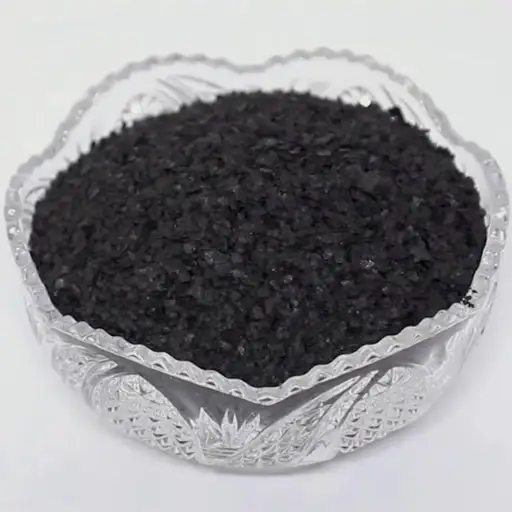
What’s the importance of a 5-20-20 fertilizer in enhancing greenness of the lawn?
Fertilizer 5-20-20 is designed correctly catered towards the correct lawn nutrients requirements. Nitrogen, marked by “5”, is needed to foster healthy and green growth. This element facilitates the reproduction of chlorophyll, the green pigment in plants. Undoubtedly, the ‘20’ also indicates the phosphorus which is necessary in building robust forest systems the “5” has improved anxiety management and improved Wounded grass trees. Lastly, the “20” signifies potassium, which most likely is to help in disease resistance and the hardening of the plant body. A plank fertilization of this type allows you to create a lawn which is not only very attractive green but strong and healthy and is capable of overcoming the stress conditions of the environment.
Which plants are ideal responds in using 5 20 20 fertilizer?
5-20-20 fertilizer is for plants with a great demand of phosphorus and potassium in their growths. The mix is specially made for four flourishing and fruiting plants such as tomatoes, peeper, and roses, where phosphorus helps in blooms and fruit production, while potassium increases fruit’s resistance to diseases. Root crops like carrots and potatoes also benefit from this fertilizer due to stem up building only. Also, it can be of significance to lawns, where shady conditions exist without any need for high nitrogen and stressed rooting is needed and stressed resistance establishment. Use of 5 20 20, thereby supports resilience towards blooming, that is exuberance growth and fruition.
Can 5-20-20 fertilizer be called as starter fertilizer?
5-20-20 fertilizer is optional in establishing new lawns through seed locking, it may be applied as a starter fertilizer. This formulation is well balanced of the phosphorus and potassium needed for enhancing and forming the roots of seedlings. Due to the low quantity of nitrogen in relation to other fertilizers, the chances of burning new shoots are very minimal, while promoting early growth. Care should be taken with respect to the details of application so as to reap the benefits without the negative cutting due to too much application of the fertilizer.
Alternatives to 5-20-20 Fertilizer
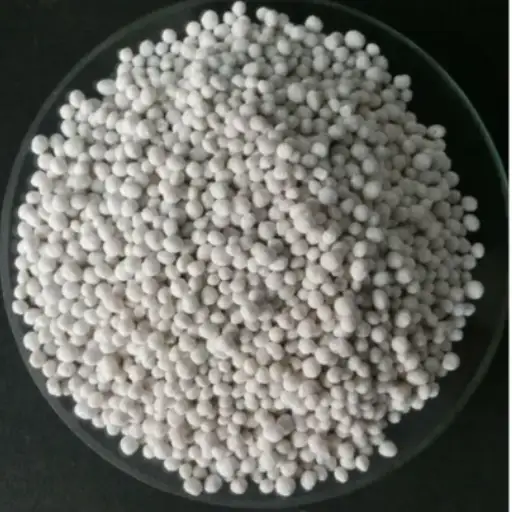
How does 5-20-20 compare to liquid fertilizer?
5-20-20 fertilizer and liquid fertilizers differ mostly in their form and application methods. 5-20-20 fertilizer is a granular, slow-release, high phosphorus formulation containing other nutrients for soil cultivation and fitting average plant growth. A fertilizer of this nature takes the form of a powdery substance that is spread on the soils or incorporated in the soils. In contrast, Liquid fertilizers tend to consist of soluble salts that are diluted in large amounts of water before applying them to plants or soil. Liquid fertilizers appear to give rapid results but may call for more frequent application owing to their short span of activity. They work particularly well when foliar or hydroponic feedings are contraindicated and for applications when there is a need for instant nutrients that cannot wait. On the other hand, granular fertilizers like 5-20-20 offer a long term supply of nutrients, whereas liquid fertilizers deliver instantaneous but short-lived nutrients.
Under what circumstances would it be advisable to use all-purpose fertilizer instead?
You should consider using all-purpose fertilizer instead when having a complex garden with various plant species that have different nutrient requirements. All-purpose fertilizers are balanced and well-rounded enough so they can cater to more than one plant type. Such fertilizers are especially useful for the gardeners who do not want to spend a lot of their time messing with various fertilizers for different types of plants since they do work on flowers, vegetables, and lawns. Also, these fertilizers are useful in situations where for some reason soil analysis has not been carried out as they provide general nutrients that enable growth in most areas.
What is the difference of soluble fertilizer and granular fertiliser?
A soluble fertilizer generally has several benefits compared to a granular fertilizer, these due to the ability to rapidly deliver nutrients and their ease of application. Since soluble fertilizers dissolve in water readily, the nutrients are available for the plants at once which increases the speed at which nutrients are absorbed and visible growth observed. This is especially important during periods of high growth or when the plants are lacking in nutrients. Further, foliar feeding is quite useful since the available nutrients are used directly without translocation and therefore efficient use of the nutrients is achieved. But in most cases, these fertilizers might have to be applied more regularly than granular fertilizers because they can get washed away quickly with rain or watering. On the other hand, in granular fertilization, nutrients are released slowly; hence, the frequency of application is relatively low compared with the long-term feeding more nutrition in most cases over a longer period of time. This makes it possible to eliminate or to emphasize the necessity for regular applications of granular fertilizers, and therefore to utilize them mainly for long-term maintenance.
Understanding Soil Test Results for Fertilizer Application
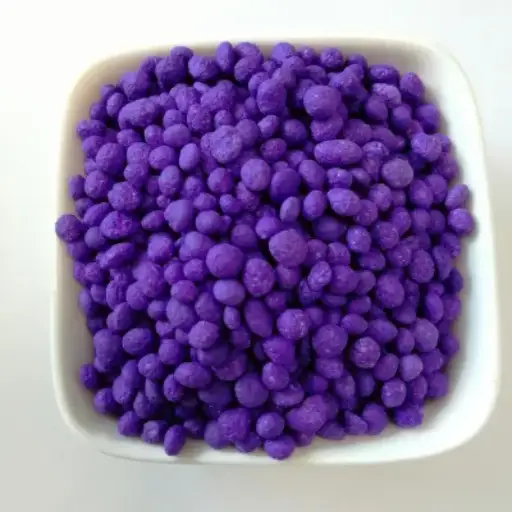
What is the reason for performing a soil test before applying fertilizers?
A soil test should be done because it helps me know what nutrients are found in the soil and the soil’s acidity level. This way, I can decide on the correct type of fertilizer to use and the quantity suitable for the plants to mature well. A soil test helps avoid the challenge of over-fertilizing or under-fertilizing, which usually leads to poor health of the plants, wasting of resources, and sometimes damage to the surroundings. Therefore, it becomes clear why and how one should perform soil tests to achieve healthy plants and destruction-free gardening activities.
How soil test results involving nutrient elements are interpreted?
While interpreting soil test results to determine nutrient levels, the first thing I always seek for are the major nutrients; these include nitrogen (N), phosphorus (P), and potassium (K) also known as N-P-K values. These values are in parts per million (ppm) or sample percentages. A test report very often comes with suggestions that pertain to these values by marking the availability of each nutrient as adequate, deficient, or excessive. After that, I consider other factors such as the pH factor as it affects nutrient presence. If my soil is acidic or alkaline, there will be some nutrient uptake limitations for the crops, and this will depend on which certain nutrients are sensitive to such changes. I can, in this case, recommend wiring fertilizer application to such deficits and avoiding such imbalances as previously indicated for the well-being of the crops.
What improvements can be made in relation to the results of the soil tests?
To begin with any soil test interpretation or data analysis, I normally resolve any nutrient shortages or misbalances presented in the report. For instance, if I detect a nitrogen deficiency, I apply inorganic nitrogenous fertilizers or try to introduce nitrogenous organic matter, for instance, compost. When phosphorous deficiency is encountered, rock phosphate or bone meal could be applied, while potassium would involve the use of potash. In case the pH is too low, I raise it through the application of lime; on the other hand, when the pH level exceeds the desired level, I apply sulfur. Periodic retesting helps verify that the recommended practices yield the desired results and that the soil conditions are favorable for supporting plants, hence making the garden healthy and more productive over time.
Reference sources
- Fair Green Sod – This source discusses the importance of fertilizing for lawn care, including the benefits of using 5-20-20 fertilizer for improving grass color and resilience. Read more here.
- Growing a Greener World – This article explains the significance of the numbers on fertilizer labels, including the role of phosphorus in establishing healthy root systems, which is a critical component of 5-20-20 fertilizer. Learn more here.
- Wilbur-Ellis Agribusiness – This product page details the use of 5-20-20 fertilizer for correcting phosphorus and potassium deficiencies in turf, highlighting its application benefits. Explore further here.
These sources should help validate the effectiveness and application of 5-20-20 fertilizer for your readers.
Frequently Asked Questions (FAQs)
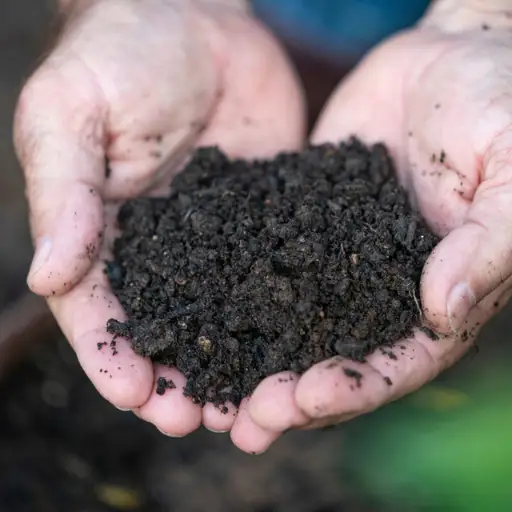
Q: What is 5-20-20 fertilizer and what type of fertilizer is it?
A: 5-20-20 fertilizer also referred to as fertilizer 5-20-20- fertilizer is a water soluble fertilizer tht is composed of 5 percent nitrogen wt%, 20 phosphorus wt% and 20 potash wt%. It is aimed at encouraging root development and blooming in flowering plants.
Q: How does the nitrogen content in 5-20-20 fertilizer affect plants?
A: The nitrogen percentage in 5-20-20 fertilizer is 5%, which is quite low and thus suitable for most plants that are already growing. It aids in providing general health to the plant without causing excessive leaf development, which is desired in flowering plants.
Q: Can 5-20-20 fertilizer be used on turf?
A: Yes, 5-20-20 fertilizer is suitable for application on turf, however the usage is more geared towards flower pots and gardens than lawns because phosphorus is known to promote flowering plants rather than a turf vice.
Q: How do I apply 5-20-20 fertilizer on my plants?
A: When applying fertilizer, it is advisable to use the recommended application rates, which are normally measured in lbs. To get perfect results, add the 5-20-20 fertilizer partial to water-soluble glue to water and apply it to the top soil around the plants.
Q: What guidelines would you give me on how much of 5-20-20 fertilizer should be applied to my garden?
A: It depends on your plants and the area you are applying the 5-20-20 fertilizer to. As a rule, see the product label for the recommended nitrogen application in pounds per square foot for the garden area.
Q: Can 5-20-20 be used for fall fertilization?
A: Definitely, 5-20-20 is good for tomorrow’s preparation of the flowering plants as a fall fertilizer. The fertilizer will anchor roots and provide sufficient nutrition during dormancy.






